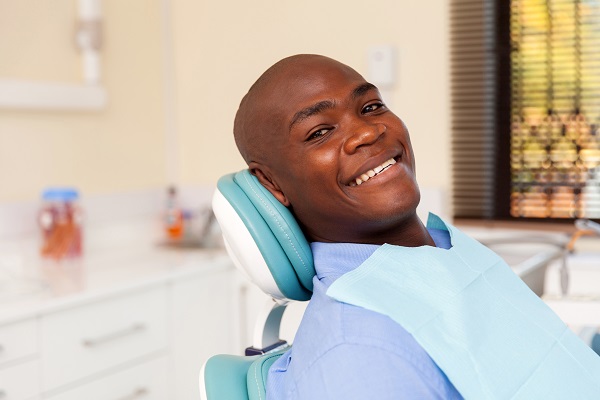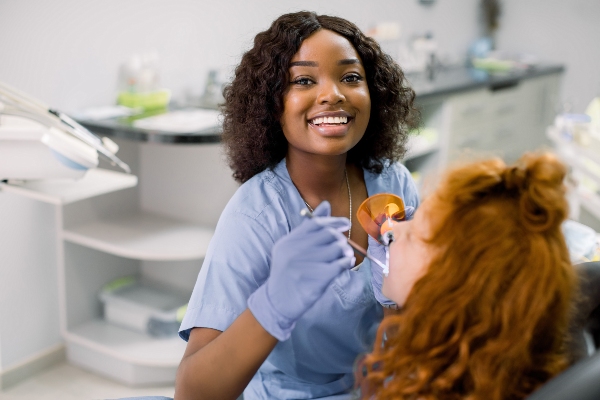Bone Grafting: Getting Ready For The Procedure

While it may sound painful, bone grafting is the process of increasing the bone mass in the jaw where the bone has deteriorated or where additional support is needed. Bone can be taken from parts of the recipient's body, or in some cases, synthetic bone may be used.
What is a bone graft, and who needs one?
Before diving into the steps needed to prepare for the procedure, let's take a deeper look at what the procedure will entail. While there are many ways to perform the surgery, the basis is similar. The orthodontist will make an incision in the jaw and attach the synthetic or pre-existing bone to the jaws. While there is the option for artificial bones, it is typically preferred that the bone comes from the patient, with common areas being the hip, tibia, or another part of the jaw.
Dental bone grafting is a standard procedure for adults missing multiple teeth, patients who struggle with gum disease or bone loss. While these are the most common occurrence for a bone graft, anyone who has suffered a jaw injury or a wide variety of complications from poor oral hygiene may be a candidate for bone grafting.
Preparing for bone grafting
You must prepare before the procedure, especially if you are utilizing bone from your body. The primary key to preparing is to avoid eating or drinking for 12 hours before the procedure. Your orthodontist will discuss this with you, and it primarily depends on the amount and type of anesthesia you will receive. You will also need to wear loose, comfortable clothing to your procedure, and be sure to remove any fingernail polish and contact lenses before surgery. It's also essential to ensure that you use the restroom before surgery.
You will also need to check with your doctor about any medications that you use that could cause bleeding complications, such as blood thinners. This is a common step before many procedures, and your orthodontist will ensure that they are asking all of the right questions about your medical history. In addition, you will want to discuss any other dental procedures you've had to ensure you are adjusted correctly and that there will be no complications once you are prepped for surgery.
Finally, you will want to ensure that you have a ride home as you will not be able to drive after receiving anesthesia. Most people are groggy after the procedure, and it's not appropriate to operate a vehicle. You will also want to make sure that you have any pain medication prescriptions filled so they will be available when you return home.
Bone grafting is a standard procedure, and your orthodontist will ensure that you are comfortable with all preoperative information before your surgery. A few main takeaways are to follow all instructions around eating and drinking before the surgery and ensuring that you have a postoperative plan that allows you to return home safely and be comfortable once you are home.
Request an appointment here: https://www.korsmofamilydental.com or call Korsmo Family Dental at (253) 336-0016 for an appointment in our Tacoma office.
Check out what others are saying about our dental services on Yelp: Bone Grafting in Tacoma, WA.
Recent Posts
When it comes to health and wellness, prevention plays an integral role. In addition to making healthy lifestyle choices, practicing routine dental care is a vital step in maintaining a healthy mouth and body. There are numerous benefits for patients who commit to proper home and professional dental care.Routine dental care is necessary to maintain…
Professional teeth cleaning is an important aspect of routine dental care. In addition to practicing thorough oral hygiene habits that include regular brushing and flossing of the teeth, patients should always maintain biannual dental exams to ensure excellent oral health.The following are a few of the numerous benefits that regular teeth cleanings offer when included…
Daily oral hygiene habits should not be considered a substitute for the routine dental care that occurs during a dental checkup and cleaning. There are oral health concerns that a dentist will be able to proactively address during an office visit, but the equipment and tools used to care for both teeth and gums are…
When patients go for routine dental care, they may or may not have X-rays taken of their mouths. Dentists use these important diagnostic tools to check all layers of the tooth. While a key part of routine care, X-ray imaging may not be taken every visit. Every patient is different, and the recommended frequency for…


